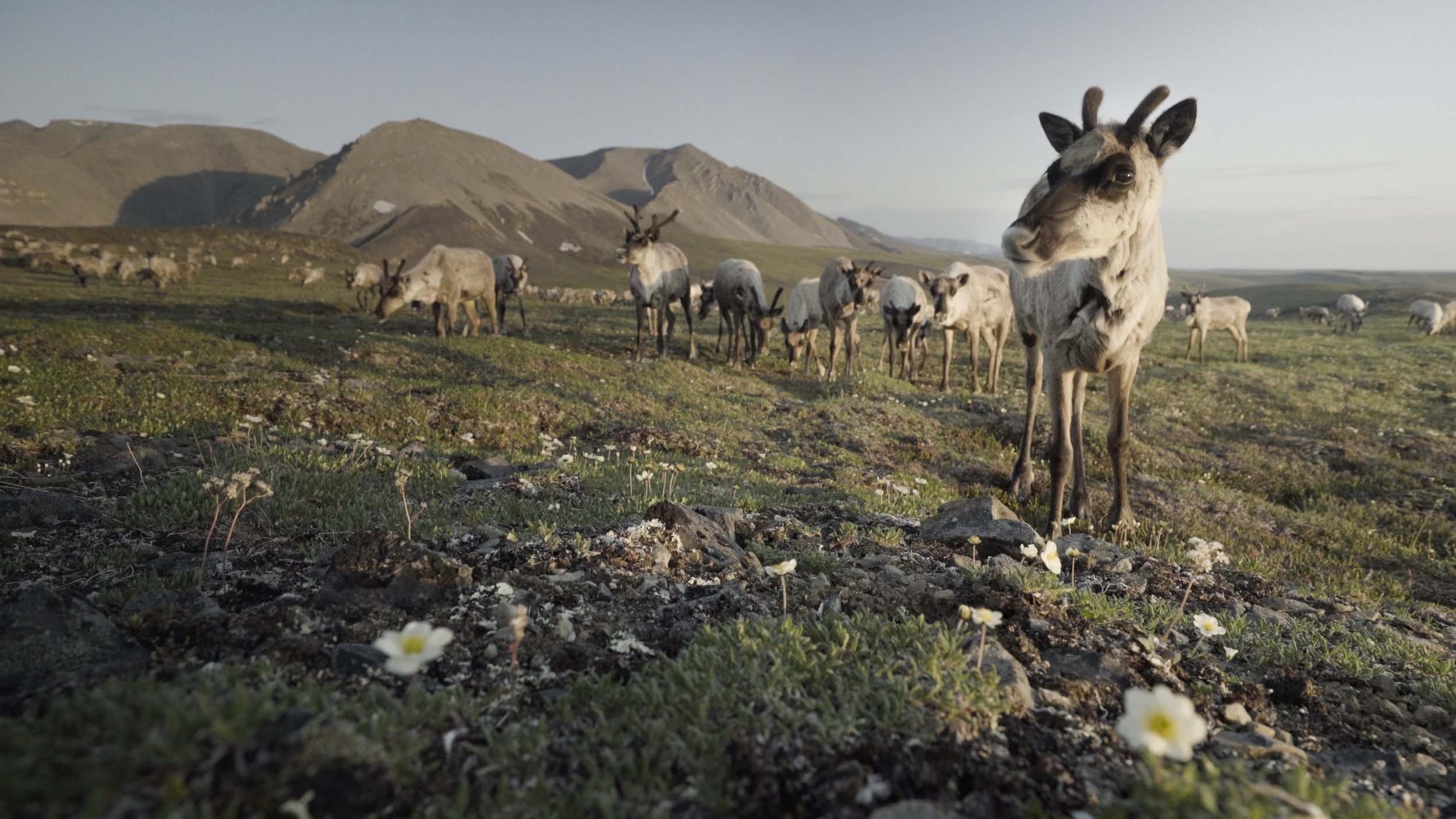
CONSERVATION BREEDING
Conservation breeding is the breeding of endangered species for the preservation and restoration of wild populations
-
Conservation breeding is most often used for the conservation of small isolated populations of endangered species with a high probability of extinction.
-
Conservation centres are facilities dedicated to the recovery of one or several endangered species. They are permanent facilities, often located outside of the geographic range of the species of concern, where animals are bred for the preservation of genetic diversity and, ultimately, for the restoration of wild populations. Specialized teams of veterinary and husbandry professionals care for the animals at the conservation centre to ensure their health and welfare are optimized. Conservation centres can also be dynamic platforms for scientific research and education.
Conservation centres are generally composed of large enclosures grouped within a perimeter fence and designed to allow the animals to display natural behaviours. A few buildings, including an administrative building, a veterinary clinic and species-specific handling systems, are required for the daily and seasonal operations.
Examples of conservation centres include The Wilds in Ohio, the Smithsonian Conservation Biology Institute in Virginia, White Oak Conservation Centre in Florida, the Devonian Wildlife Conservation Centre in Alberta, the Freeport-McMoRan Audubon Survival Center in New Orleans, Fossil Rim Wildlife Center in Texas and the Deleika Ungulate Breeding Center in the United Arab Emirates. All of these conservation centres work cooperatively with in situ endangered species recovery programs.
Conservation centres should not be mistaken for wildlife sanctuaries or rehabilitation centres as they do not focus their efforts on orphaned or injured wildlife. They also differ from zoos as they rarely display animals for public viewing.
-
No. Conservation breeding is not a substitute for in situ efforts, but a complement. All existing threats to the species of concern must be mitigated using other recovery tools (habitat restoration, habitat protection, access management, predator management) to improve habitat conditions and optimize the overall population restoration strategy.
-
Conservation breeding programs have greatly evolved and improved over time. In the beginning, conservation breeding programs were reactive. Programs were only initiated once the species of concern was extinct in the wild and breeding herds were made up of the very few remaining individuals (< 20) found in zoos and private ranches around the world. Little attention was paid to the genetic diversity of the founder and reintroduced animals.
Now, conservation breeding programs are more proactive, with many aiming to support species before they become extinct in the wild. Breeding herds are formed of the most genetically diverse set of individuals available and breeding is carefully managed to maintain high genetic diversity in the released animals. Advanced techniques, including assisted reproductive techniques, adaptive release protocols and fitting of all released individuals with tracking collars, maximizes genetic diversity and survival of the released animals as well as the researchers’ ability to monitor them.
-
Conservation breeding has strongly contributed to the conservation of several species on the brink of extinction. Examples of early conservation breeding programs include those for milu, Przewalski’s horses and Arabian oryx while examples of modern conservation breeding programs include those for scimitar-horned oryx, addax, Arabian sand gazelles and mountain gazelles.
-
Maternity penning aims to increase calf survival by decreasing early calf predation. Wild pregnant females are temporarily held around the calving season in a predator exclusion enclosure located inside the species’ habitat. Animals are released on site when the calves are approximately 2 months old and have a better chance of survival.
Conservation breeding programs, through the creation of self-sustaining secure populations, act as insurance against extinction, allow for the preservation of individuals from non-viable herds and help stabilize unstable viable herds in the short- to long-term. Founder animals are carefully selected from wild herds and brought to a conservation center to form the breeding herd. The breeding herd is housed permanently at the conservation center while juveniles are regularly released to the wild to reinforce extant herds or reintroduce extinct herds. Long-term management of health, nutrition, pedigree and overall animal welfare typically leads to improved reproductive success and survival.






